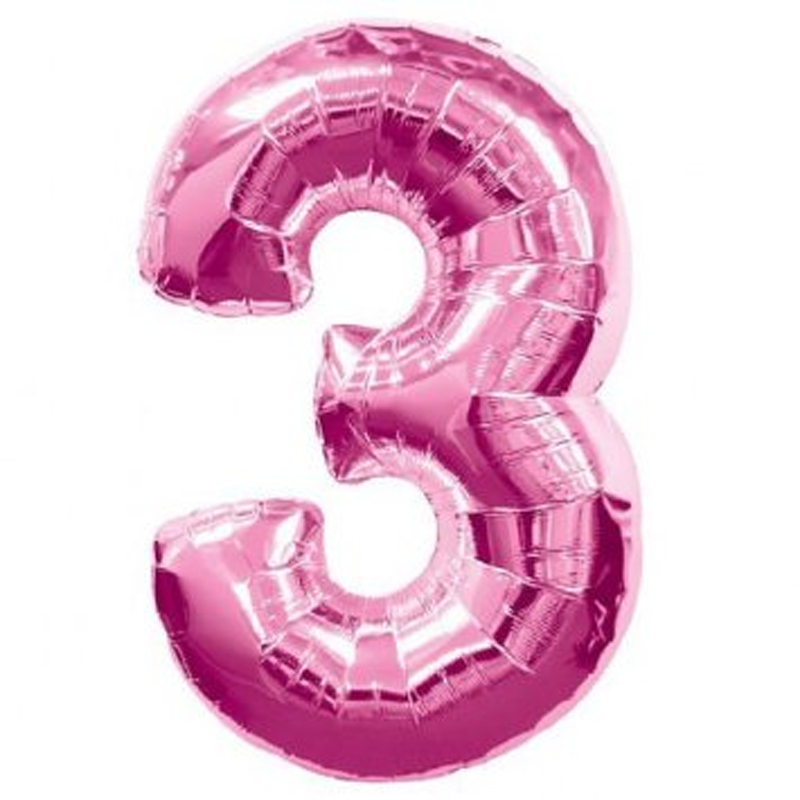In Portland, Oregan an eight year old girl has died after inhaling helium from a mylar balloon and then suffocating.
The girl had a Mylar balloon in her bedroom, a huge number three which was from her father’s birthday party earlier that day. Later that evening when her dad went into the room to check on her, he found her unconscious with the balloon over her head.
The father initially tried to revive his daughter and so did emergency responders for over an hour, but it was already too late.
As the death has been ruled an accident no official investigation will be done.
Who would have thought that such a household item, which is usually associated with good times, could end up being deadly? This is exactly what this family is finding hard to come to terms with.
It may come as a surprise, but according to the CPSC, of all children’s products, balloons are the leading cause of suffocation death, according to CPSC injury data. CPSC states that “Accidents involving balloons tend to occur in two ways. Some children have sucked uninflated balloons into their mouths, often while attempting to inflate them. This can occur when a child who is blowing up the balloon inhales or takes a breath to prepare for the next blow, and draws the balloon back into the mouth and throat. Some deaths may have resulted when children swallowed uninflated balloons they were sucking or chewing on.”
What can you do to prevent balloon related incidents?
- Do not allow young children to play with balloons without any adult supervision
- If a balloon breaks, immediately collect the pieces of the broken balloon and dispose of them out of the reach of young children
- Older children should be made aware of the dangers of making ‘balloons’ by sucking on broken balloon pieces.
- Never allow a child to bite a balloon – If a child bites a rubber balloon, it may explode, sending fragments into the mouth.
- Do a first aid course and learn how to do CPR – you could potentially save your child’s life if an incident occurs.
